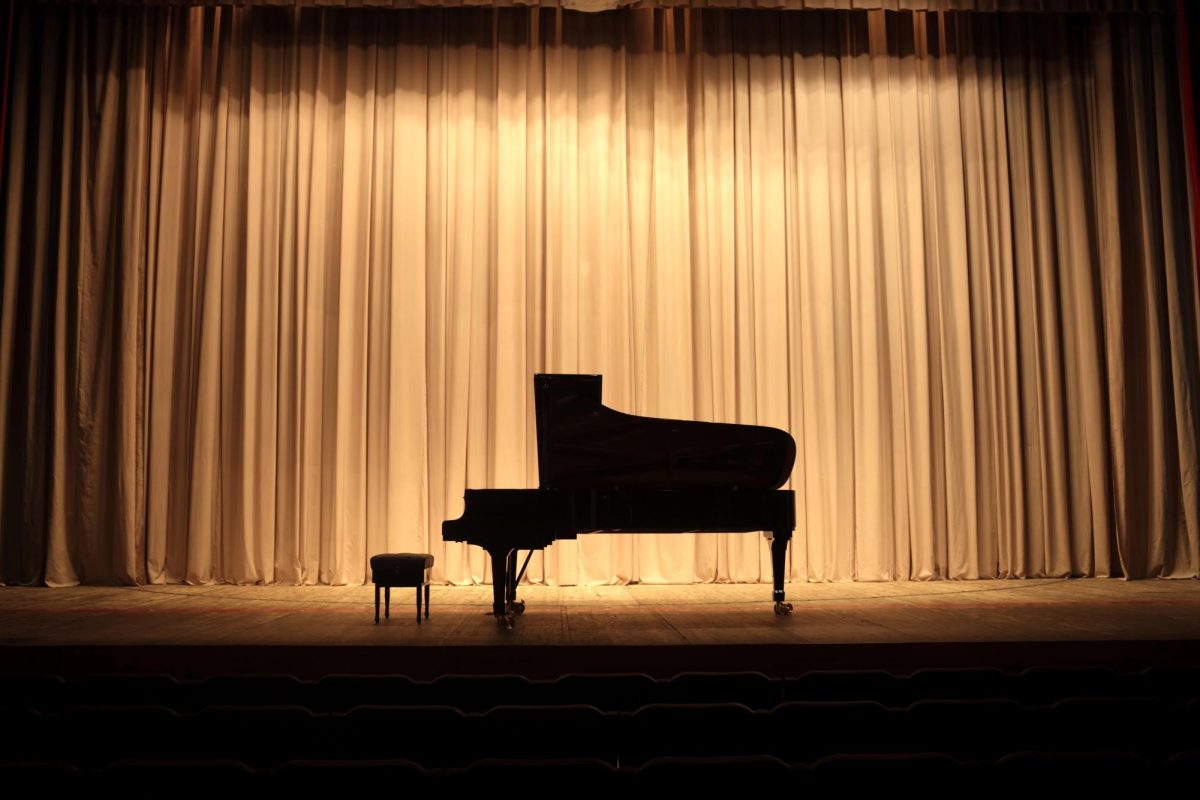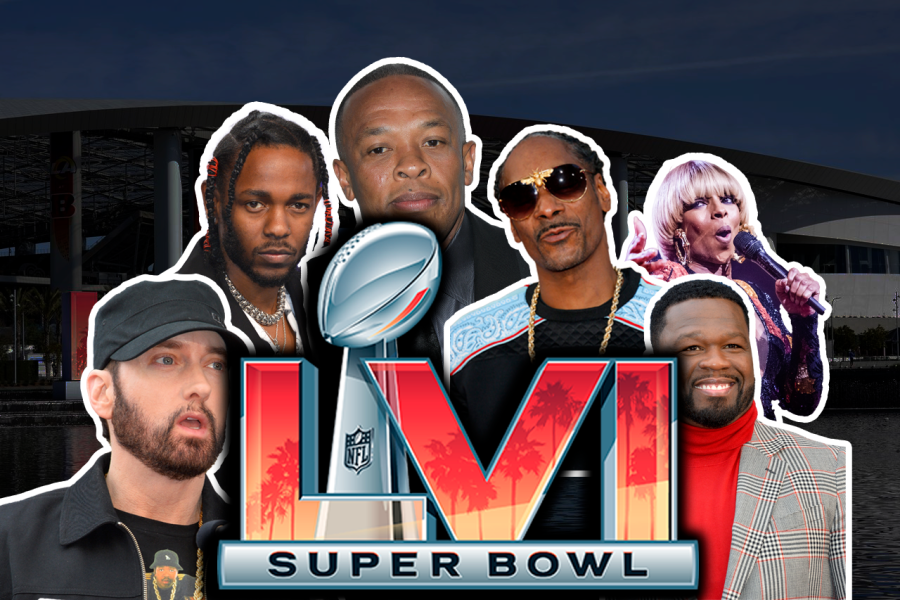The word “music” that we use today is a derivative of the French word “musique”, and the Latin word “mūsica”. The Middle English Period (1150 – 1500) was the earliest known use of the word “music”, but music itself has existed since the advent of humanity. When we refer to music, we mean emotionally expressive, imaginative, rhythmic, mind, body, and soul-engaging noises — sounds and frequencies that close our eyes and cause involuntary body movements. Depending on where you are, music can sound different, evoking varying emotions, yet it always shares common factors: the ability to connect people, and make us feel something.
Early History of Music
Music is a universal language, conveying human experiences and emotions through notes and melodies. From the early use of femurs as flutes and hollowed out tree trunks covered with skin as drums, music is quite literally made by us, for us. In its early stages, music was used for religious and social gatherings and integral to ancient theatre arts.
The evolution of humanity began in Africa, and it is reasonable to contend that the roots of music also emerged from the continent. The history of African music is studied through various sources, including archaeological finds, rock paintings, and ancient records. In early civilizations, like Ancient Egypt, music was utilized in temples, palaces, battlefields, and ceremonies. The Egyptians also believed it was a way to connect the mortal and divine worlds.

Our ancient ancestors gathered to listen to the symphonies and feel enriched by the moving melodies of diverse sounds that embodied their communal life. In Africa, music was vital in rituals and storytelling, reflecting the community identity similar to Native American traditions that emphasized community bonds and spiritual connections. In Asia, melodic compositions were crafted to depict deep emotions, while in Greece, harmonious and theatrical performances brought tales of mythology to life. The Vikings celebrated rich and ritualistic traditions through haunting but full-bodied tunes. These traditions created lasting ties among people, across time and space.
Jazz: A Melting Pot of Rhythms
The instruments used to create early music didn’t stand the test of time, but their musical styles did. As humans migrated to different regions, their instruments evolved, and new musical styles emerged. Over time, this initiated the rise of a highly influential genre: jazz.
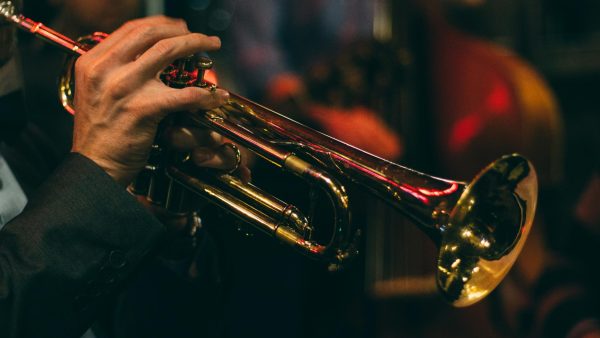
Rooted in African rhythms, blending with blues, ragtime, and Cuban music styles, jazz became synonymous with New Orleans’ vibrant music scene. New Orleans is regarded as the birthplace of jazz, and Afro-Cuban artists like Tito Puente and Celia Cruz played vital roles in jazz’s emergence. Then, legends like Louis Armstrong, Ella Fitzgerald, and Duke Ellington defined the genre.
The influences of jazz trickled into mainstream American music, setting the stage for artists like Frank Sinatra and Tony Bennett and setting the dance floors ablaze during the swing and rumba eras. Jazz’s distinctive sound and spontaneous nature made it an honorary mention to the 20th-century music evolution.
The Technological Metamorphosis: Radio, Vinyl, Cassettes, Oh My!
Humans have always gathered to see live music, moving from the trees, grass, and sand to indoor venues made specifically for performing. Ballrooms, jazz clubs, theaters, and other lively venues were prime places for performances. However, the mid-20th century brought noteworthy technological advancements that shifted how people experienced music. Radios and recordings started taking over, and by the 1940s and 1950s, live shows were no longer the only way to enjoy music.
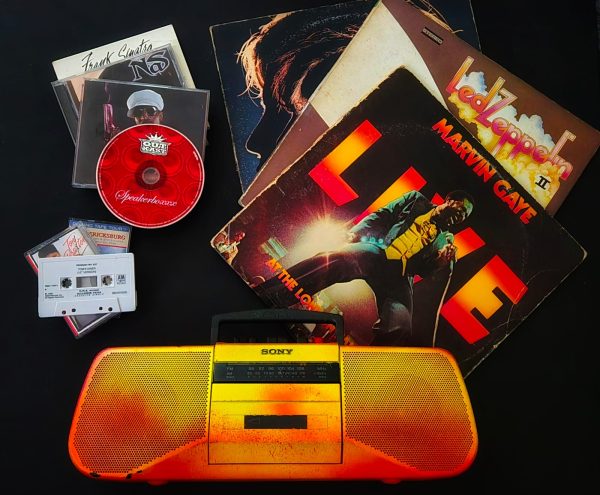
People across America, Europe, and Asia gathered around radios, sparking a new way to get their music fix. The development of electrical recordings in the 1920s enhanced the clarity of sound recordings and gave way to phonograph cylinders and early shellac records. By the mid-20th century, long-playing vinyl records allowed music enthusiasts to collect various genres such as jazz, reggae, rock, and classical music in a physical form. The albums also featured amazing artwork on their covers, sweetening the all-round experience for collectors.
The 1960s and 1970s are considered the golden age of cassette tapes and 8-tracks. Compact cassette tapes were influential in the evolution of the car stereo industry, and introduced the concept of creating personalized mixtapes. The Sony Walkman, a game-changer for portable music, allowed people to carry their favorite music on the go, further elevating these formats.
CDs, MP3s, and the iPod
Compact Discs (CDs) debuted in the early 1980s, offering better sound quality and a new way to collect music — not to mention, CDs offered the convenience of track skipping. Many people today enjoy skipping songs that don’t resonate with them. It makes you wonder if our ancient ancestors just walked away from unfavorable tunes and came back later as their form of skipping. Some of the best-selling albums on CD include Michael Jackson’s Thriller (1982) and Madonna’s Like a Virgin (1984).

The continued advancement in digital technology led to the development of digital MP3 in the 1990s, allowing music files to be stored on computers and downloaded onto portable devices. Notably, Apple’s iPod Classic, launched in 2001, became the consumer’s choice for portable music players. This iPod catalyzed the digital music revolution. In 2003, the launch of Apple’s iTunes store created an online music library, revolutionizing the music industry yet again. Now, not only could music be downloaded and stored on a portable device, but it was also small enough to fit in a pocket, fundamentally altering music distribution and consumption and paving the way for the streaming era.
The Streaming Era
In the early 2000s, music streaming gained traction, and platforms like Pandora, launched in 2005, and Spotify, launched in 2008, were among the first pioneers. Apple Music, introduced in 2015, reserved streaming as the most popular mode of music consumption, radically transforming how people listen to and discover music worldwide.
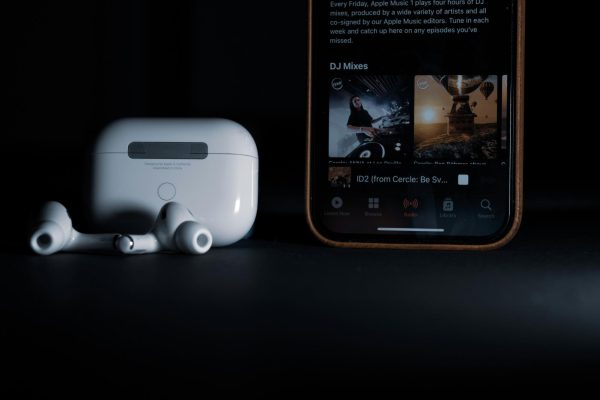
Today, a subscription to a streaming service allows people instant access to millions of tracks across diverse genres while enabling personalized playlists and recommendations, a considerable upgrade from the days of burning CDs and eliminating storage limits — and a far cry from when our ancestors walked a great distance just to hear and share melodies with their communities.
The Mark of Music
Today it’s easier than ever to access music, and while everything has become digital and readily accessible at the swipe of a finger, nothing compares to the experience of live music or the nostalgia of collecting vinyl records, which is why many continue cherishing these timeless forms of enjoying music. The vibration of instruments through the body, the energy of the crowds, and the collective emotion in the air — our ancestors understood that music is meant to be felt, not just heard.

Imagine our ancestors enjoying free live music, simply gathering around a fire under the stars. Fast forward to today, and concertgoers find themselves dropping a small fortune just to hear a favorite artist play for a few hours (perhaps signing up for a financial seminar on how to budget for a music obsession might be a wise investment!). As we continue to relish in the convenience of streaming, it’s vital to remember the impact of music throughout history, marking pivotal moments and shaping cultures. Appreciating it in its purest form allows us to deeply connect with the essence of what music has always represented, a connection that is uniquely personal to whoever is listening.


